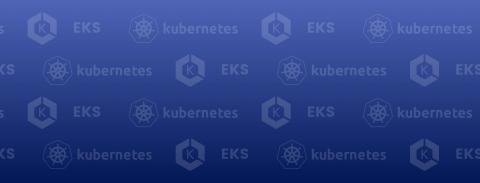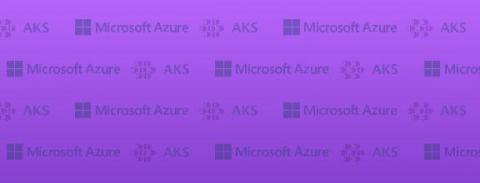What is an inode and what are they used for?
Inodes, speculated to be short for “index nodes,” have been around since the introduction of the first UNIX file system around the late 1970s. They were adopted into Linux in the 90s—and for good reason. They’re an excellent way to keep track of how your files are stored, and the method many systems are still based on today.







